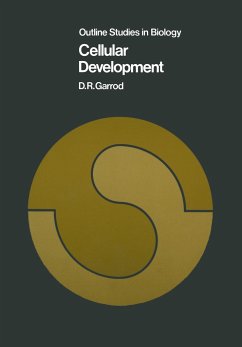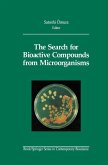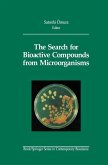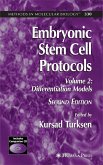1. 1. Aspects of development. usually competent to develop in several differ If you have been fortunate enough to see a fIlm ent ways. Thus the mesenchyme cells of the of the development of any multicellular organ embryonic chick limb bud may become, among ism or, better still, to watch live embyros devel other things, muscle or cartilage cells. Differen oping, the intricate beauty of the developmental tiation is largely an intracellular process involv process will not have escaped you: nor will its ing the appearance of cells with certain bio complexity. Apparent complexity, however, is chemically or cytologically recognizable charac no reason for despair when one begins to think teristics through the differential activation of in terms of analysing development. Rather, it is genes whose products confer these character istics on the cello In skeletal muscle cells for astimulus to the first and most important ana lytical step, that of simplifying the problem by example, specific proteins (actin and myosin) dividing it into aspects which can be meaning are synthesized, and arranged to give the typical fully studied. striated appearance (Fig. l. la). (Differentiation is the subject of another book in this series, The most obvious way to divide development is on a chronological basis - to begin with ferti 'Cell Differentiation' by J. M. Ashworth. ) lization and proceed through cleavage, blastu Recent advances in molecular biology have greatly stimulated research into differentiation lation and gastrulation to organ fromation.








